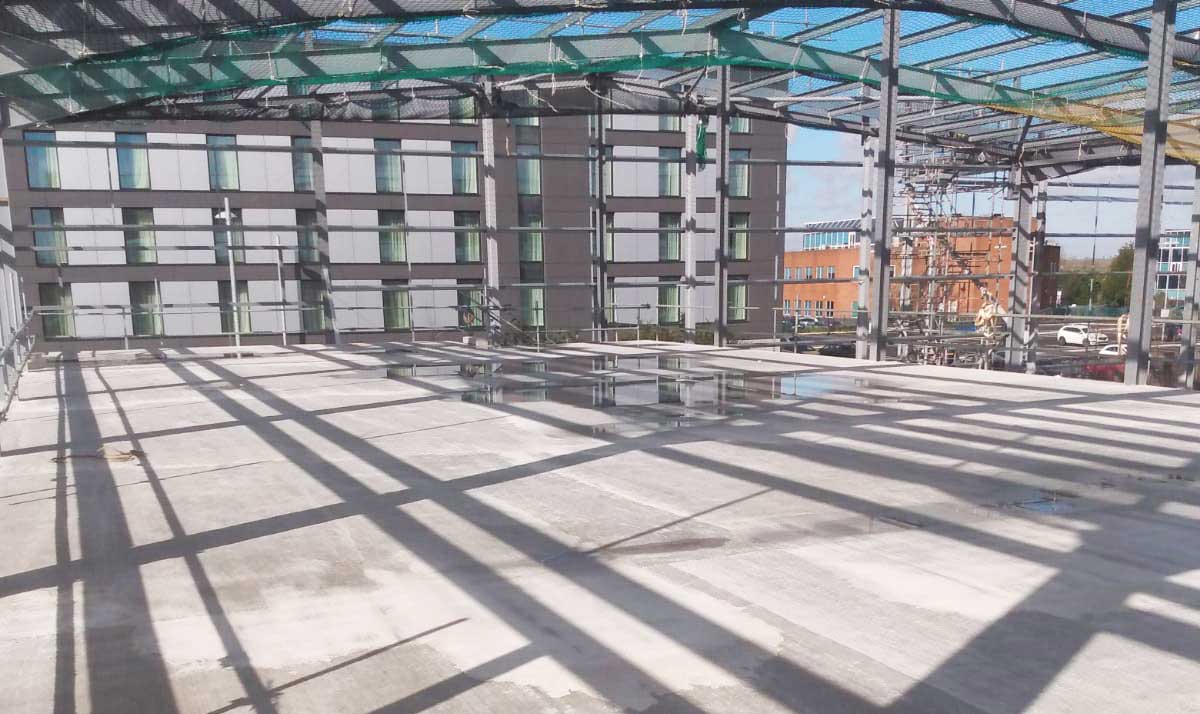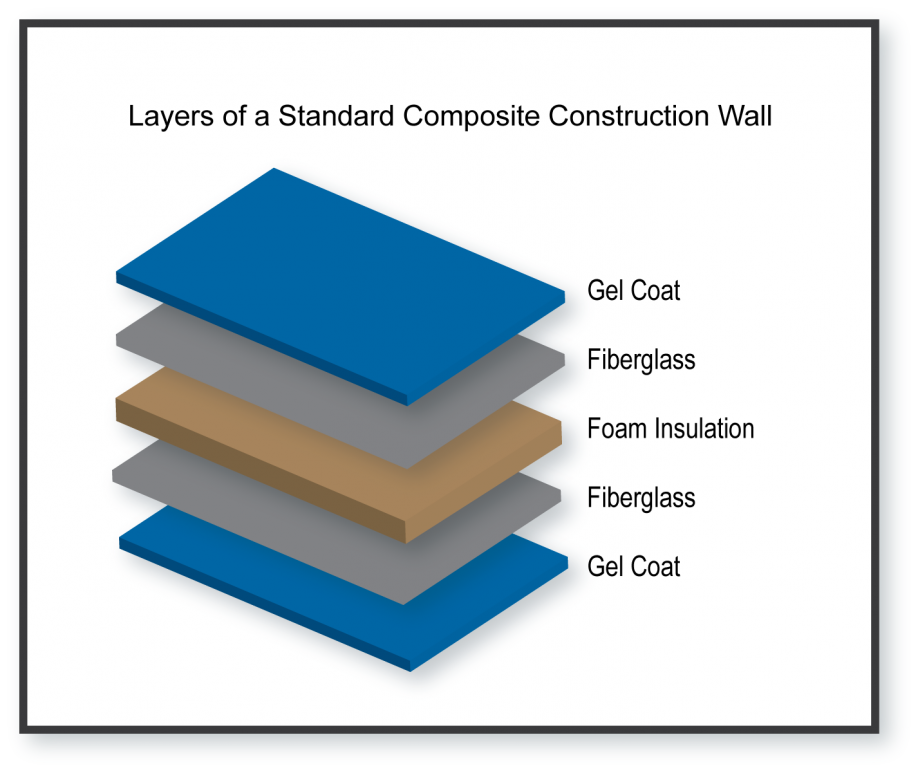Cutting-edge Composites in Modern Structure Projects
Cutting-edge Composites in Modern Structure Projects
Blog Article
Opening the Environmental Benefits of Recycled Composites in Construction and Style
In the realm of construction and layout, the usage of recycled compounds holds substantial pledge for boosting sustainability methods and lowering environmental impact. The change towards a more lasting future in these sectors pivots on unlocking the full potential of recycled composites.

Ecological Impact Reduction
The reduction of environmental impact through using recycled compounds in building and construction and style plays a critical function in sustainable practices. By including recycled compounds into structure products, the building market can significantly lower its carbon impact and add to a much more environment-friendly future. These sustainable materials, made from repurposed plastics, timber fibers, or other recycled elements, offer a practical choice to typical building and construction materials without compromising on quality or resilience.
Recycled compounds assist divert waste from land fills and minimize the need for removing raw products, thus preserving natural deposits. In addition, the manufacturing procedure of these composites frequently eats less power and releases less greenhouse gases compared to generating virgin materials (composites). This change towards using recycled compounds not only decreases environmental injury however additionally advertises a round economy by motivating the reuse of products that would otherwise be thrown out
Waste Minimization
With a concentrate on reducing waste in construction and design, the combination of recycled composites supplies a lasting option to decrease environmental effect. Waste minimization is a crucial facet of sustainable methods, and the usage of recycled composites offers a possibility to achieve this objective efficiently. By making use of products that have actually currently offered their initial objective, such as recycled plastics or recovered wood fibers, the construction and style industries can significantly minimize the amount of waste generated and sent to land fills.
Recycled composites have the potential to draw away significant amounts of waste from conventional disposal approaches, adding to a more round economic climate where sources are made use of effectively. Furthermore, the manufacturing process of recycled composites frequently eats less energy and produces fewer emissions contrasted to virgin products, better reducing the ecological impact of building and construction and layout tasks.
Applying waste reduction methods with the incorporation of recycled composites not just aids in saving natural deposits but also promotes an extra lasting method to building and developing for a greener future.
Energy Conservation
Incorporating recycled composites not just reduces waste in building and style however likewise plays a critical duty in boosting power conservation techniques within the industry. Making use of recycled compounds in building and construction can significantly add to energy conservation with different methods. The manufacturing of virgin products normally requires significant power inputs, whereas utilizing recycled composites consumes much less energy, thereby reducing total energy intake. In addition, including recycled composites can add to far better insulation homes in buildings, reducing the demand for too much home heating or air conditioning, and as a result reducing power usage for environment control. The lightweight nature of many recycled compounds can lead to lighter frameworks, needing less energy for transportation and installation. By advertising the usage of recycled composites in building and construction and style, the industry can make substantial strides in the direction of attaining energy effectiveness and decreasing its carbon impact, inevitably adding to a much more lasting built setting.
Carbon Impact Decrease
Enhancing sustainability methods through the usage of recycled composites in construction and design significantly decreases the carbon footprint of the market. By integrating recycled materials into the production of composites, the demand for virgin sources decreases, bring about reduced power intake and greenhouse gas exhausts connected with conventional manufacturing procedures. This reduction in carbon footprint is essential in combating environment change and advertising a much more environmentally pleasant technique to construction and layout.
Additionally, the use of recycled compounds also aids in diverting waste from land fills, consequently reducing the ecological effect of disposal and promoting a round economic climate. The carbon footprint decrease accomplished via the fostering of recycled composites lines up with the global press in the direction of lasting methods and the reduction of commercial discharges. It showcases a dedication to liable resource management and a shift towards greener options in the building and construction and layout industries. Ultimately, by focusing on the assimilation of recycled composites, the industry can make considerable strides in reducing its carbon footprint and contributing to my sources a more lasting future.
Sustainable Future
The combination of recycled compounds in building and construction and layout not just addresses instant environmental problems but additionally lays a solid foundation for a lasting future in the industry. By integrating recycled composites right into building materials and items, the building and layout industries can considerably lower their reliance on virgin sources, resulting in an extra circular economic situation. This shift in the direction of sustainability is important for mitigating the ecological effect of traditional building practices, which often cause high levels of waste generation and source depletion.

Conclusion
Finally, recycled composites use significant ecological advantages in construction and design by decreasing environmental influence, minimizing waste, preserving energy, lowering carbon impact, and advertising a lasting future. Welcoming making use of recycled composites can add to an extra environmentally-friendly technique to structure and layout, eventually click to read bring about a more sustainable and greener future for all.
The reduction of environmental impact via the usage of recycled composites in construction and design plays an important function in lasting techniques.With an emphasis on decreasing waste in building and construction and style, the combination of recycled composites uses a lasting option to decrease environmental influence. By promoting the usage of recycled composites in construction and layout, the market can make substantial strides in the direction of accomplishing energy effectiveness and reducing its carbon footprint, eventually adding to a more lasting built atmosphere.

Report this page